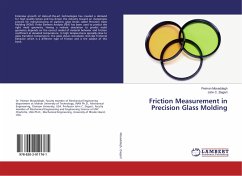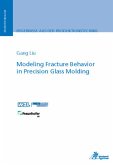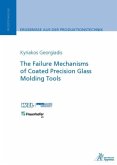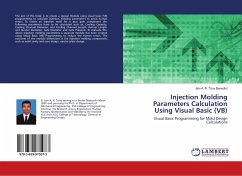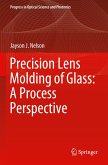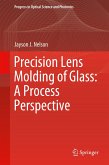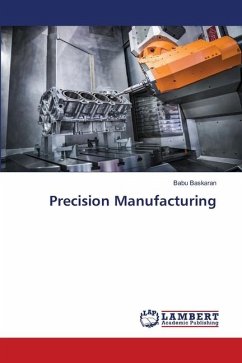Extensive growth of state-of-the-art technologies has created a demand for high quality lenses and has driven the industry toward an inexpensive process for manufacturing of aspheric glass lenses called Precision Glass Molding (PGM). Finite Element Analysis (FEA) has been used to predict the right mold geometry. Having a realistic simulation to predict mold geometry depends on the correct model of material behavior and friction coefficient at elevated temperature. In high temperatures specially close to glass transition temperature, the glass shows viscoelastic stick-slip frictional behavior which is a different type of friction and is the subject of this book.
Bitte wählen Sie Ihr Anliegen aus.
Rechnungen
Retourenschein anfordern
Bestellstatus
Storno

